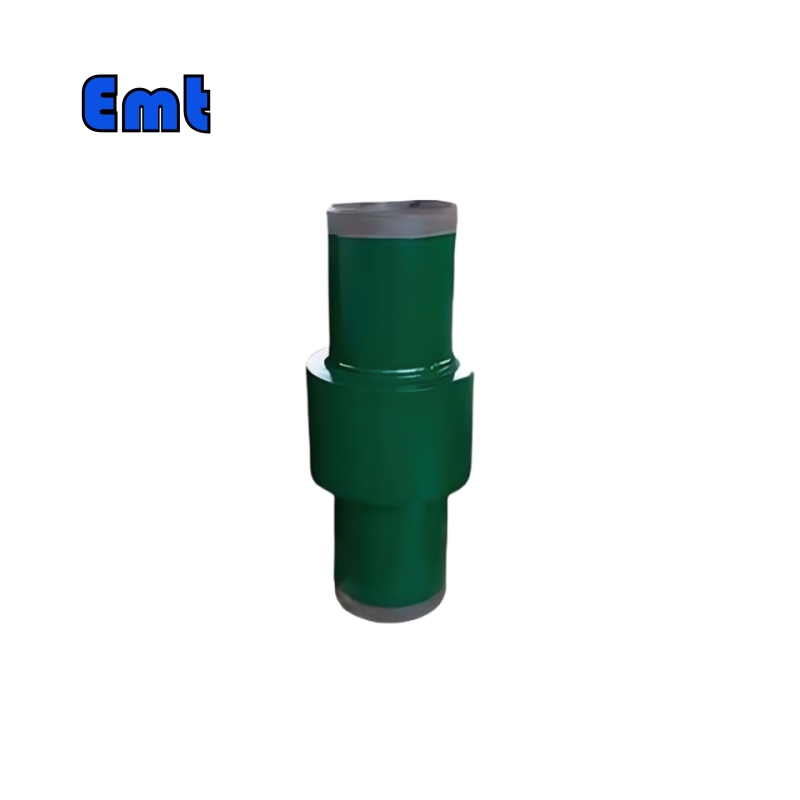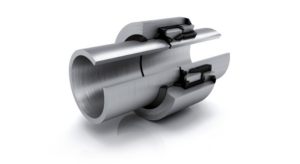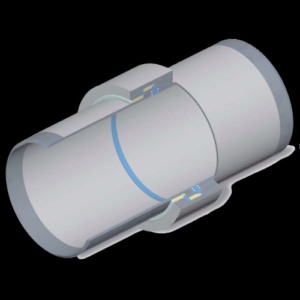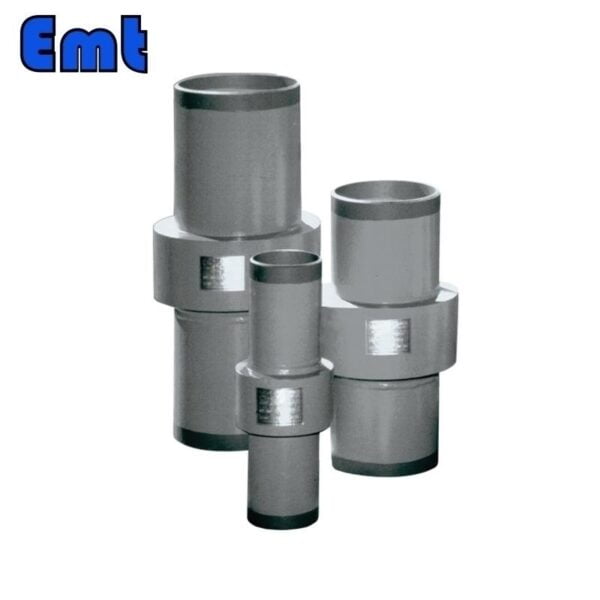Description
Introduction
Monolithic Insulating Joints play a crucial role in ensuring the integrity and longevity of pipelines, particularly in the presence of Cathodic Protection systems. These welded pre-fabricated 3-piece unions are designed to provide electrical sectioning, preventing interference with corrosion control measures. Let’s delve into the technical performance, features, and benefits of the new type of monolithic insulating joints, specifically focusing on the ZJ3 series.
Technical Performance of ZJ3 Monolithic Insulating Joints
Operating Pressure: The design pressure of ZJ3 insulating joints ranges from 1.6 to 42MPa, making them suitable for a wide range of pipeline applications.
Operating Temperature: These insulating joints are designed to withstand temperatures from -40°C to +300°C, ensuring optimal performance in extreme environmental conditions.
Resistance: ZJ3 insulating joints boast excellent electrical resistance, with a resistance value greater than 10M at 2.5KV DC. This ensures effective electrical isolation and prevents the flow of stray currents along the pipeline.
Insulation Strength: The insulation strength of ZJ3 insulating joints is exceptional, as they can withstand 50Hz 3KV AC for 30 seconds without any breakdown. This level of insulation performance surpasses international standards for similar products.
Features of ZJ3 Monolithic Insulating Joints
- Extensive Range: EMT offers ZJ3 insulating joints in a wide range of sizes, from DN15 to DN3000mm, catering to various pipeline diameters. The product lineup includes more than 30 varieties, with pressure ratings ranging from PN1.6 to PN42MPa.
- Diverse Materials: ZJ3 insulating joints are available in different materials, including carbon steel, low alloy steel, stainless steel, duplex stainless steel, nonferrous metal, and metal composite materials. This versatility ensures compatibility with diverse pipeline configurations and different media, such as oil, gas, and chemicals.
- Temperature Compatibility: These insulating joints can operate effectively in temperatures ranging from -40°C to +240°C. This broad temperature range enables their use in various applications across industries.
- Versatile Installation: ZJ3 insulating joints can be installed underground, overhead, or in compliance with specific insulating joint requirements, both within and outside China. Their flexibility in installation ensures ease of integration into different pipeline systems.
Benefits of Monolithic Insulating Joints
- Electrical Isolation: Insulating joints serve as a critical barrier, preventing the flow of electrical currents along the pipeline. By effectively isolating pipeline sections, these joints protect against corrosion caused by stray currents or interference from other pipelines and power transmission cables.
- Corrosion Control: Monolithic Insulating Joints contribute to the overall corrosion control strategy by preventing electrical interference and maintaining the integrity of the pipeline. This helps extend the service life of the pipeline and minimizes the need for costly repairs and replacements.
- Enhanced Safety: By mitigating the risk of corrosion-related failures, insulating joints contribute to improved safety in pipeline operations. They help prevent leaks, spills, and environmental contamination, ensuring the protection of personnel, assets, and the surrounding environment.
- Design and Manufacturing Excellence: EMT’s Monolithic Insulating Joints are designed with a focus on simplicity, maintenance elimination, and ease of installation. The bolt-less and non-separable design offers a single-piece construction, ensuring durability, strength, and longevity.
- Quality Assurance: EMT adheres to rigorous quality control measures, conducting pressure fatigue, torsion, and bending proof testing to ensure the physical strength of the joints. Each joint undergoes comprehensive factory assembly, hydrostatic testing, and electrical testing to verify its insulating capabilities. EMT is also equipped with in-house Magnetic Particle, Ultrasonic, and Liquid Penetrant examination capabilities, providing customers with reliable NDE test reports as per their requirements.
Product Instructions and Demand Background
When it comes to product instructions, it is crucial to consider the specific requirements and applications of monolithic insulating joints. These joints find extensive use in various industries, including oil, gas, and water transportation, where electrical isolation and corrosion control are paramount. They are commonly employed in pipeline systems, tanks, and pumping stations to ensure the integrity and safety of the infrastructure.

Frequently Asked Questions
- What is the purpose of an insulating joint?
Insulating joints provide electrical isolation and cathodic protection in pipeline systems, preventing interference with corrosion control measures and ensuring the integrity of the infrastructure.
- How do monolithic insulating joints achieve electrical isolation?
Monolithic insulating joints achieve electrical isolation through a combination of key features. These joints incorporate insulating gaskets that effectively prevent any metal-to-metal contact at the joint interface. Additionally, they feature internal cavities filled with a specially formulated dielectric compound, which further enhances the insulation properties. To reinforce the insulation, both the internal and external surfaces of the joints are meticulously coated with non-conductive epoxy paint or coatings. This comprehensive approach ensures a robust electrical barrier, safeguarding against any unwanted electrical currents or interference that may compromise the integrity of the pipeline system.
- What are the advantages of EMT’s Monolithic Insulating Joints?
EMT’s Monolithic Insulating Joints offer several advantages, including a wide range of sizes and pressure ratings, compatibility with various materials, and the ability to withstand extreme temperatures. The bolt-less and non-separable design simplifies installation, eliminates the need for maintenance, and ensures long-lasting performance.
- How are EMT’s Monolithic Insulating Joints tested for quality?
EMT follows stringent quality control procedures, conducting pressure fatigue, torsion, and bending-proof testing to ensure the physical strength of the joints. Each joint undergoes comprehensive factory assembly, hydrostatic testing, and electrical testing to verify its insulating capabilities.
 Conclusion
ConclusionIn summary, monolithic insulating joints, particularly the ZJ3 series offered by EMT, provide a reliable solution for electrical isolation and corrosion control in pipeline systems. These joints exhibit excellent technical performance, including high operating pressure and temperature ranges, superior resistance, and insulation strength. With a diverse range of sizes, material options, and versatile installation capabilities, EMT’s Monolithic Insulating Joints cater to various industry requirements.
By utilizing these joints, companies can enhance the integrity, safety, and longevity of their pipeline infrastructure while minimizing the risks associated with corrosion. With a commitment to quality, design excellence, and customer satisfaction, EMT delivers reliable and durable products that meet international standards.
Choosing EMT’s Monolithic Insulating Joints is a prudent choice, ensuring optimal performance, extended service life, and enhanced safety for your pipeline systems. Contact EMT today to explore how their industry-leading solutions can address your specific requirements and contribute to the success of your operations.





 Conclusion
Conclusion
Reviews
There are no reviews yet.